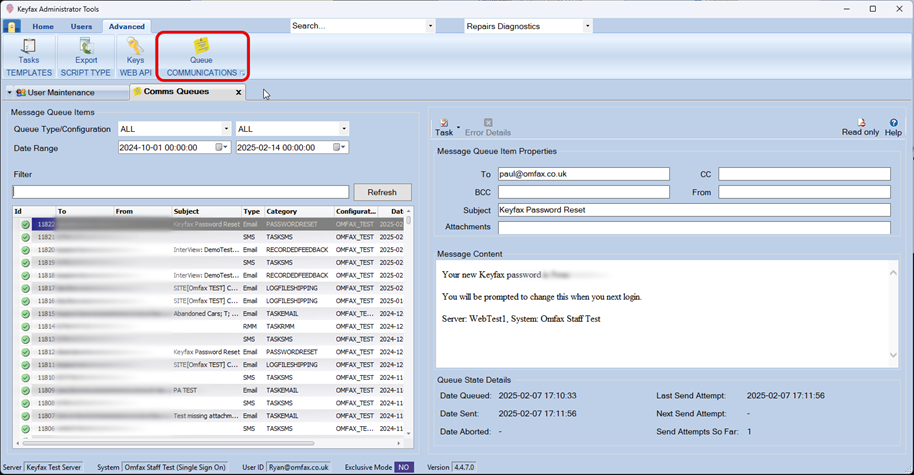25 May, 2012
How will housing associations connect with customers in 2022
How will housing associations connect with customers in 2022? The way we communicate and interact socially is changing. The rise of technology, especially in the last decade, namely the internet, mobile phones, and associated improved connection speeds and reduced costs, has led to this dramatic change in the communication landscape. In addition, in the face of the difficult economic climate, social housing organisations are facing increasing financial pressure. Not only do they need to work harder, but also smarter. Contact centres are not excluded and so how might housing associations best communicate with customers in future?
The contact centres in the year 2022 will be unrecognisable from the humble existence they have today. The rise in contact centre use will continue. However, the way in which organisations interact with customers will be much more sophisticated, and there will be a move away from the reliance on voice calling that is prevalent today.
Statistics reveal a rise in internet use and a growth in mobile phone ownership, particularly smartphones. More individuals have internet connectivity through their smartphones and so can access email, ‘apps’ and SMS anywhere. Race Online 2012, a national Government campaign, has been set up to make the UK the first nation in the world where everyone can use the web. Not surprising, by 2022, smartphone ownership will be the norm and this represents a significant opportunity for social housing organisations to improve customer satisfaction, while reducing their costs to serve. This, and other new technologies, will make a huge difference to how social housing landlords and their residents communicate in the future. It will surely be only a short time before housing organisations provide residents with a simple ‘smartphone’ application that enables them to access services 24/7 in a secure and highly personalised manner – just like high street banks are doing today.
Granted, half of the 8 million people in the UK that have never been online do live in social housing but the trend is changing. On the flip side, this means the other half have been online and are becoming more informed of the new world it opens up to them. We are all increasingly surrounded by digital technology and residents will come to expect their social housing organisation to cater for their digital needs, particularly with the rise in social media platforms such as Facebook and Twitter.
As we look to the future, it is not necessarily a new world of faceless self-service as technology and communications are creating more opportunities for instant and more personal contact. Video calling, social media and web chat are three such examples. Video calling is on the increase due to improved internet speeds and growth in popularity of advanced devices such as interactive TVs and as well as smartphones. There is also an increasing popularity in web-chat, providing residents with a simple-to-use ‘instant messaging’ capability.
However, it is worth noting that just as the internet has not replaced TV, social media will not replace the telephone and letters will still have their place, even though email is a quicker and more cost effective option. Customers will learn to choose which of the tools available to them they want to use, depending on the nature of their query. Routine enquiries can easily be handled over the internet, while more complex queries need to be dealt with over the phone.
No effective customer contact centre can strategically rely 100% on just one channel. The skill is in understanding customers’ needs, knowing when it is appropriate to use different channels, providing sufficient channel choice, and ensuring customers enjoy a comparable quality experience, regardless of the channel used.
The combination of tools available represents a significant opportunity NOW for social landlords to understand not just how their customers are contacting them but why. For example, if multiple customers are calling to find out office opening hours. This could easily be avoided by posting the information on a website, on social media pages, and as a recorded announcement. This reduces call volumes and frees up agents to deal with more complex issues, often where the customer requires empathy with their situation.
Now and again it is always worthwhile to take the time to look-up and take-in how the world around us is changing. Organisations can dismiss new and innovative ways of working as not being what their customers want, when in fact it is exactly what their customers have been waiting for. The only constant in the world is change, and smart organisations embrace this.
Omfax provides a range of multi-channel solutions specifically designed for social housing contact centres. Call today to find out how Omfax can help you become more efficient and evolve with your customers changing tastes and demands.





